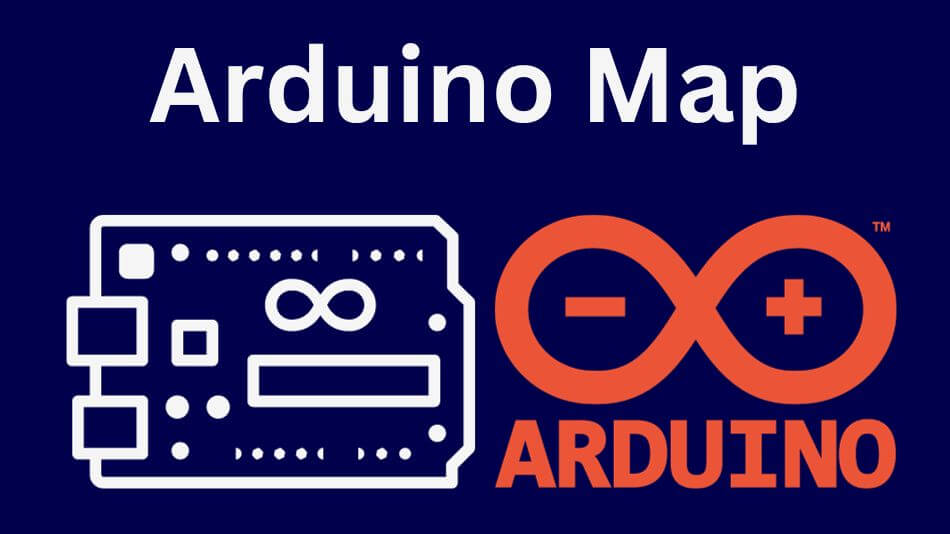Introduction About Arduino Map Function

Arduino enthusiasts and DIYers are constantly searching for ways to increase the efficiency and versatility of their projects, and one powerful tool in Arduino programming’s toolbox is the “map” function.
Suppose you have ever struggled to use it effectively or want to take your projects further forward.
In that case, this comprehensive guide will explore this versatile function, dissecting its uses, syntax, as well as providing examples to help you master it.
Understanding the Arduino Map Function:
What is the Arduino Map Function?
The Arduino map function is a versatile tool that allows you to scale or map a range of values from one set to another.
It’s beneficial when you have sensor data or analog readings that must be transformed to fit a specific output range.
Whether working with temperature sensors, potentiometers, or other analog inputs, the map function can help you normalize and manipulate the data.
How Does the Arduino Map Function Work?
The syntax of the Arduino map function is straightforward:
The code
mapped_value = map(value, from_low, from_high, to_low, to_high);
- value: This is the input value you want to map.
- from_low and from_high: These parameters define the input range within which the value falls.
- to_low and to_high: These parameters specify the desired output range.
The map function takes a value, scales it from the input range (from_low to from_high), and maps it to the output range (to_low to to_high).
Practical Applications of the Arduino Map Function
Temperature Control
Imagine you’re building a greenhouse monitoring system using a temperature sensor.
The sensor outputs values from 0 to 1023, but you want to convert this to a temperature range of 0°C to 40°C. Using the map function, you can quickly scale the sensor readings to match the desired temperature range.
Motor Control
In robotics and automation projects, precise motor control is crucial. The map function can convert joystick inputs or sensor readings into motor control values, ensuring smooth and accurate movement.
LED Brightness Control
You may want to control LED brightness based on input values when working with LEDs.
You can achieve smooth and gradual lighting effects by mapping the input values to a range of LED brightness levels (e.g., 0 to 255).
Tips for Using the Arduino Map Function Effectively:
- Ensure that your input and output ranges are defined correctly to avoid unexpected behavior.
- Consider using the constrain function with a map to limit the output within a specific range.
- Test your mapped values thoroughly to ensure they meet your project’s requirements.
Frequently Asked Questions:
Q1: Can I use the map function for non-numeric values?
Yes, the map function is primarily designed for numeric values, but you can use it creatively with other data types. For instance, you can map analog sensor values to specific text messages or LED colors.
Q2: Are there any limitations to the map function?
The map function is efficient and versatile, but keep in mind that it performs linear interpolation. It may not be suitable for complex non-linear mappings, requiring more advanced techniques.
Q3: Can I nest multiple map functions?
Absolutely! You can nest multiple map functions to perform multi-stage mapping for complex scenarios. Just ensure that the input and output ranges are correctly aligned.
Conclusion
The Arduino map function is a valuable asset in your programming arsenal, allowing you to easily transform and scale input values.
Whether you’re working on temperature control, motor manipulation, or LED brightness adjustments, understanding how to use the map function effectively opens up a world of possibilities for your Arduino projects.
Embrace its versatility, experiment, and watch your projects flourish with newfound precision and control.
With this guide, we have explored the fundamentals of Arduino map function syntax and applications, providing practical advice to ensure its efficient usage.
Now armed with this knowledge, you are set for exciting Arduino adventures by exploring its limits to see what amazing things you can accomplish with it.
